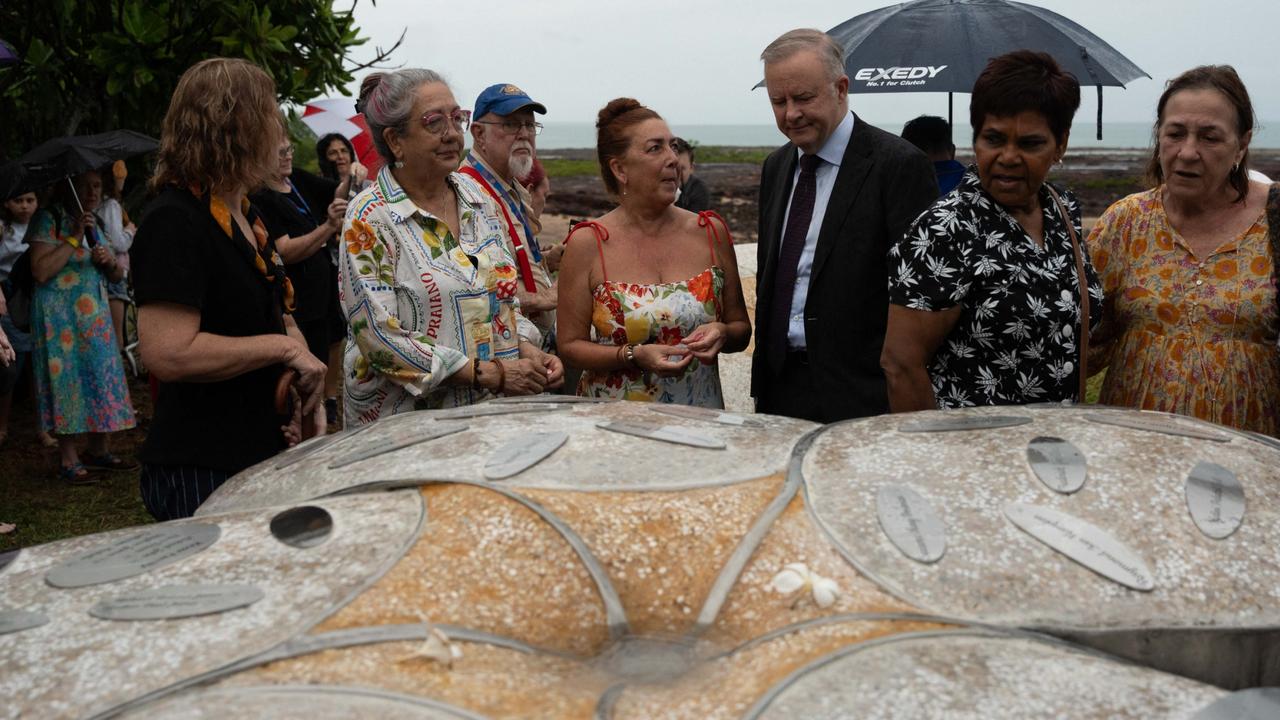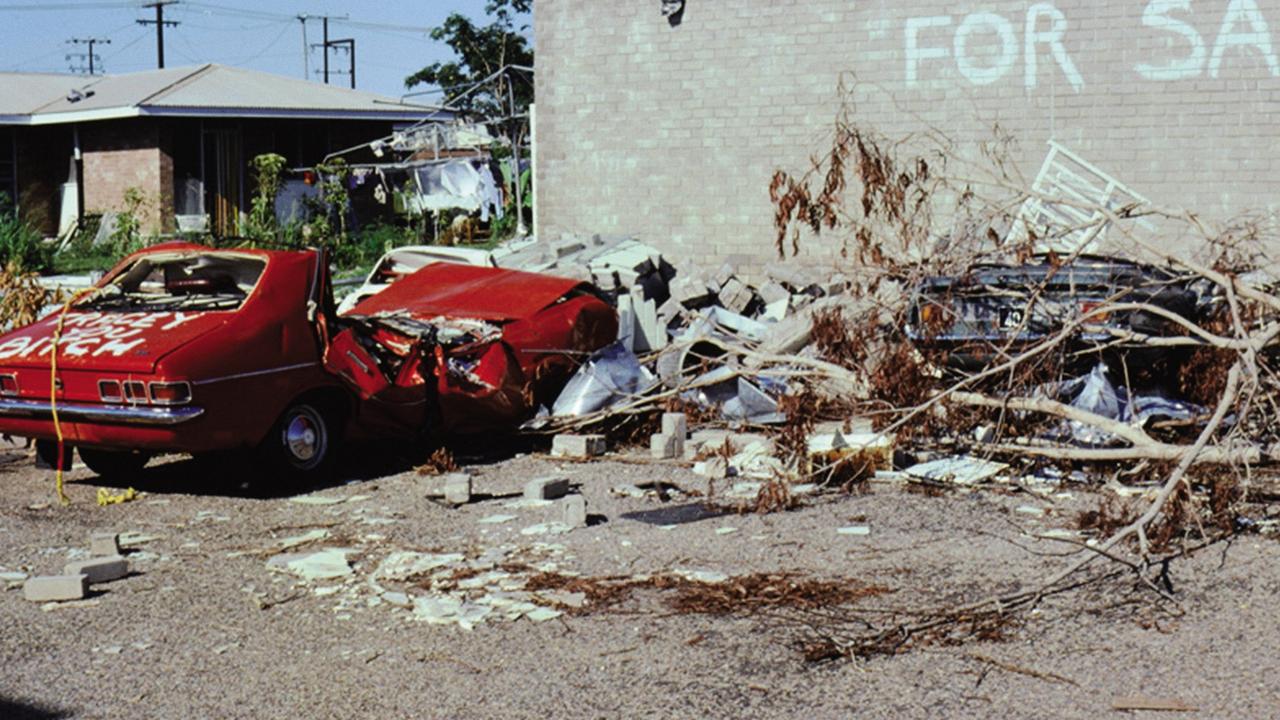‘Can no longer happen’: Legal expert reveals how High Court’s decision ended ‘warehouse’ issue for immigration detention
A legal expert has explained how a court decision that overturned a precedent in Australia’s immigration detention scheme exposed a major issue in the treatment of refugees.
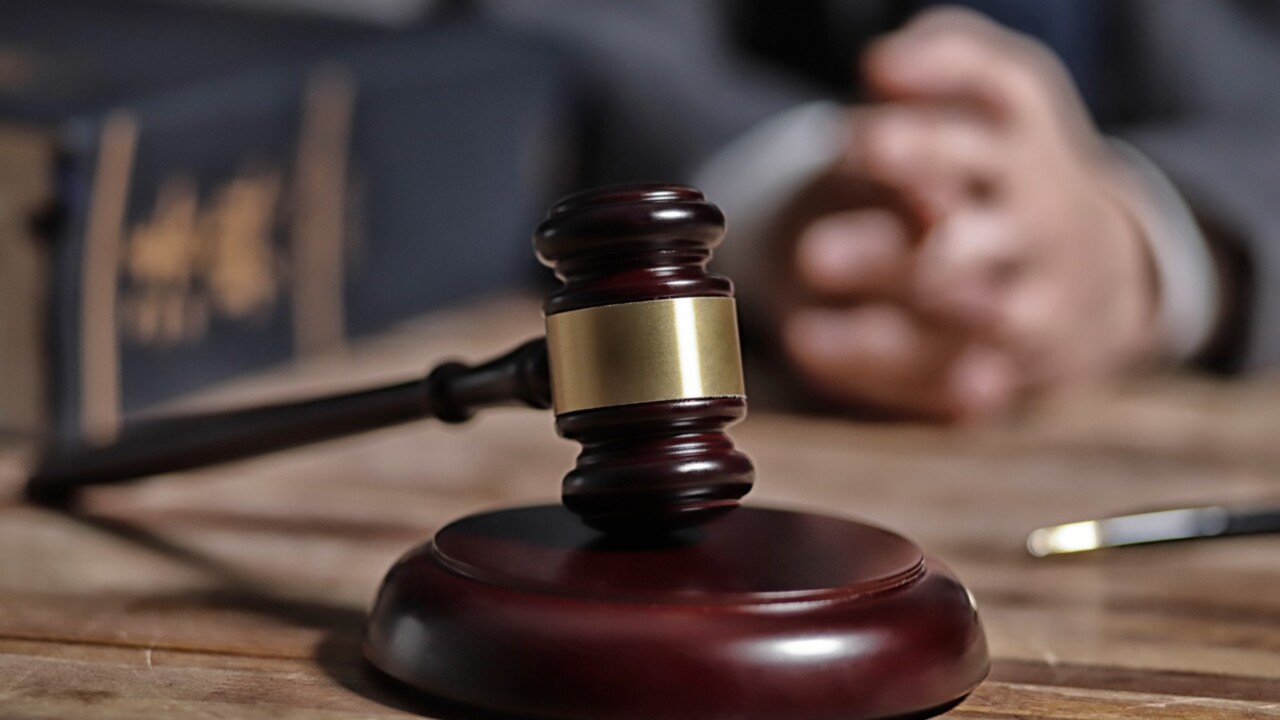
An immigration law expert says a court decision which resulted in dozens of refugees – some of them serious criminals – being released into the community has ended a “warehouse-like arrangement” where the government would lock up “people they didn’t want to deal with”.
Australia’s highest court overturned a decades-long precedent concerning the nation’s immigration detention scheme after it found a stateless asylum seeker and convicted child sex offender had been unlawfully detained.
The resulting decision by the High Court justices led to dozens of other refugees being released from detention on strict conditions – causing an embarrassing headache for the government.

Laws to tighten Australia’s immigration detention scheme and $255 million to beef-up border force arrangements were hurriedly rushed in as a result.
In their unanimous reasons, published on Tuesday, the High Court justices found NZYQ had been unlawfully held in immigration detention as a result.
The justices overturned a precedent set from a case known as Al-Kateb v Godwin (2004), which had underpinned the country’s migratory system in the decades since it was handed down.
Immigration law expert Sanmati Verma said the decision involving NZYQ “ended a particular chapter in Australian history”.
“For two decades after Al-Kateb was decided, successive governments became comfortable with holding people in immigration detention indefinitely, potentially for the rest of their lives,” Ms Verma, the acting legal director at the Human Rights Law Centre (HRLC) said.
“It is important to remember that immigration detention isn’t prison. It was designed as a place of transit for people while their immigration status is resolved – that is, while a visa application was processed, or to remove them from Australia.
“But instead, immigration detention became increasingly used as a warehouse for people the government simply didn’t want to deal with.
“Because of this judgment, that can no longer happen.
Earlier this year, the High Court found the stateless Myanmar man, who had been in immigration detention after serving jail time for the rape of a 10-year-old boy, had been unlawfully detained.
The Rohingya Muslim, given the pseudonym NZYQ, arrived in Australia by boat in 2012 and was given a bridging visa in 2014.
In 2016 he pleaded guilty in the NSW District Court to the rape of a child and was sentenced to five years’ jail with a non-parole period of three years and four months.
NZYQ had been in immigration detention since 2018 but the court found by May 2023 he could not be removed from Australia.
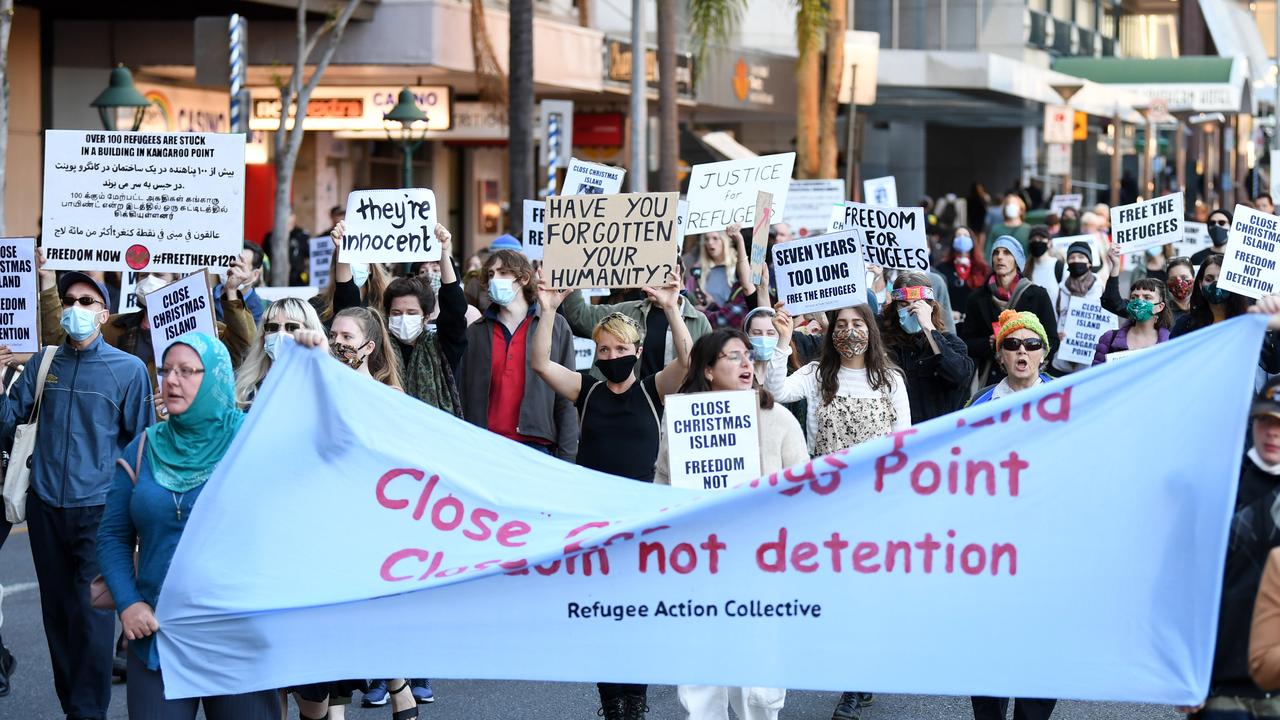
“Officers were then obliged to remove the plaintiff from Australia as soon as reasonably practicable. The plaintiff also requested to be removed to another country,” the High Court’s reasons state.
“As at May 30, 2023, there was no real prospect of his removal from Australia in the reasonably foreseeable future.”
However, the justices warned release from unlawful detention “is not to be equated” with the right to remain in Australia.
“Unless the plaintiff is granted such a right under the Migration Act, the plaintiff remains vulnerable to removal under s 198,” the reasons state.
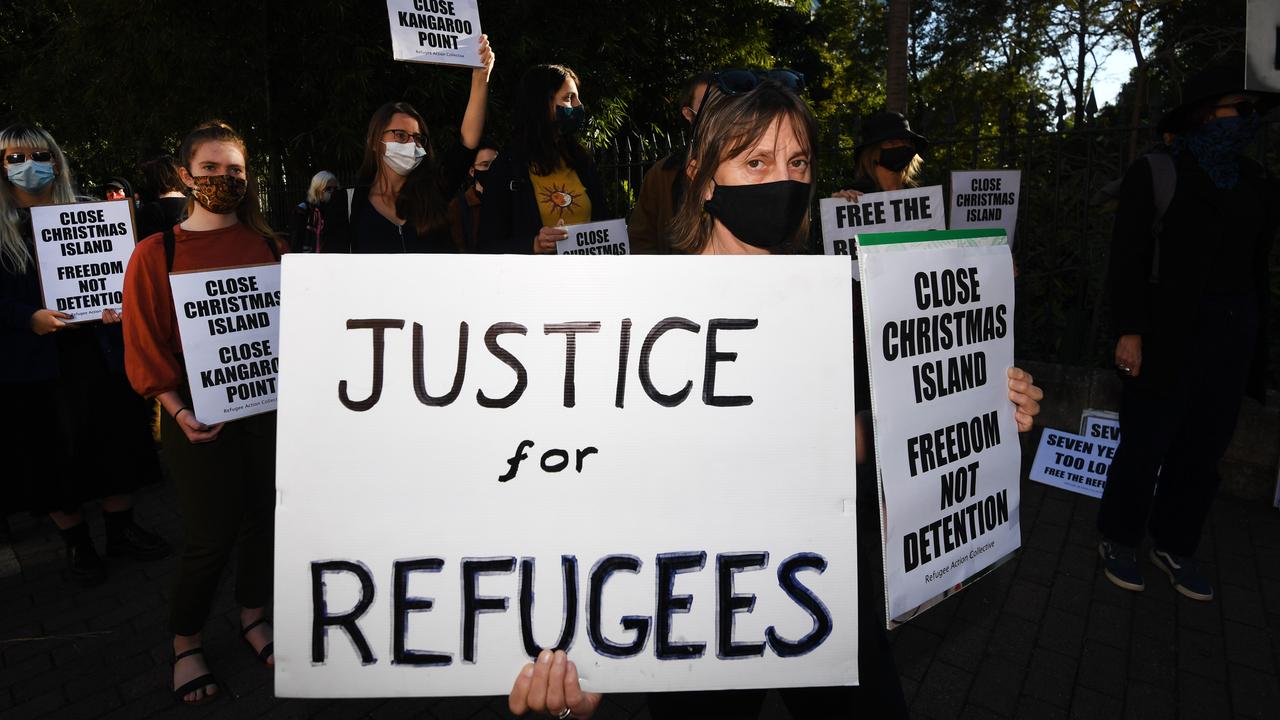
“Issuing of a writ of habeas corpus would not prevent re-detention of the plaintiff … in the future.”
“Nor would (that prevent) detention of the plaintiff on some other applicable statutory basis, such as under a law providing for preventive detention of a child sex offender who presents an unacceptable risk of reoffending if released from custody.”
The landmark ruling resulted in some eighty refugees who fell under similar categories being released from immigration detention.
Ms Verma disputed reports that the High Court’s reasons had effectively green-lit a future government-led preventive detention scheme.
“The High Court noted that its judgment did not prevent the plaintiff, at some hypothetical point in the future, from being detained under one of the existing schemes that prevent the release from criminal custody of certain sex offenders – provided that he fell within that scheme in the future,” she said.
“Here, the Court was simply making the point about the possibility of future detention of the plaintiff, under already existing schemes. It certainly was not endorsing the creation of a new one.”
Ms Verma said any future detention regimes would “need to comply” with constitutional limits articulated by the High Court.
“The government is not free to detain non-citizens at will, or to create another punitive detention regime to replace the one that was struck down,” she said.
In response to the High Court’s decision, the federal government flagged a “tough preventive” detention regime in response to the High Court’s decision.
“We urge the parliament to support the government in protecting the Australian community,” Home Affairs Minister Clare O’Neil said on Tuesday.
A $255 million splash was allocated to “ensure the safety of the community” following the High Court’s decision.
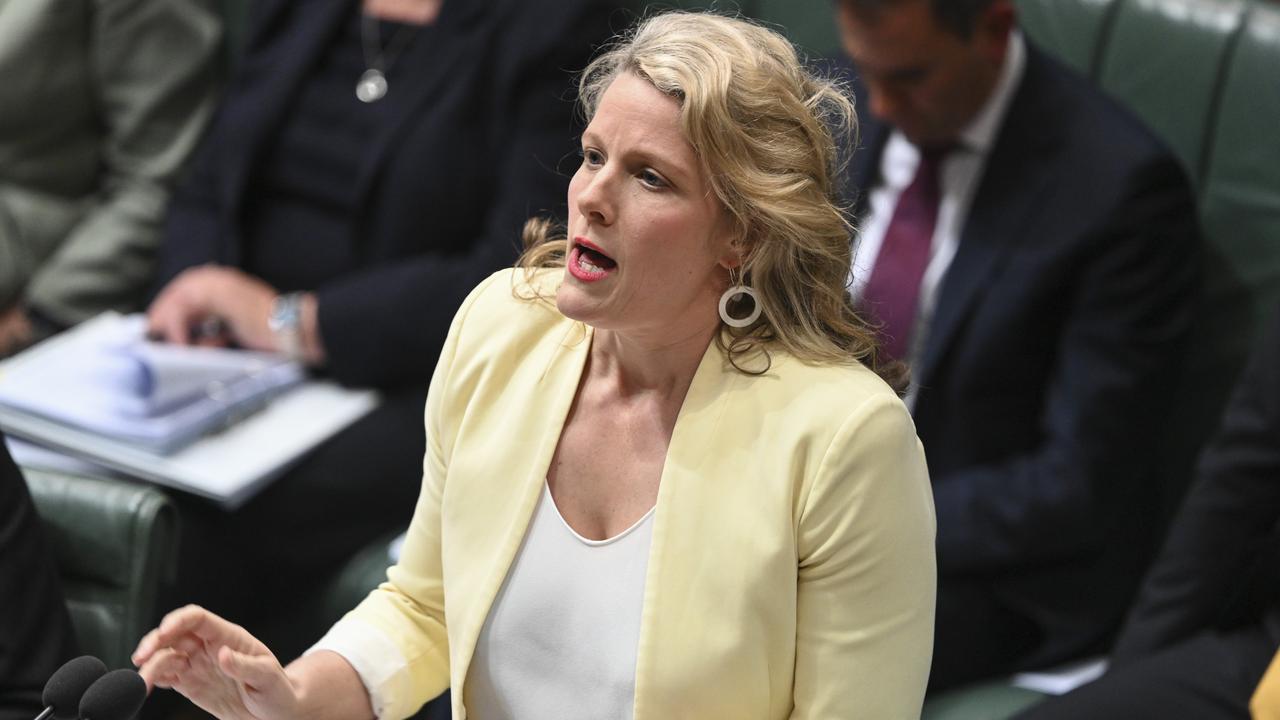
Of the funding, $150m will go to the Australian Border Force (ABF) for more staff in investigations, removal and surveillance functions.
Federal police will get another $88m for regional response teams and staff to investigate visa breaches.
The Opposition has since gone on the attack as to how serious criminals covered under the decision could be released on the streets.
Documents tabled in the senate reveal 27 refugees in immigration detention fall under the category of “very serious” violent offences.
The category includes “serious violent offences … (of) family/domestic violence, sexual or exploitative offences against women” and “very serious” crimes against children.
One had spent up to 13 years in detention, the documents state.


